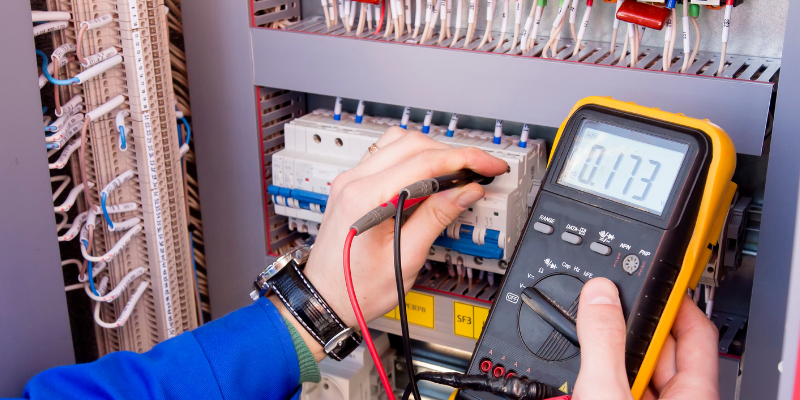When it comes to fault-finding and verifying electrical safety, loop impedance is one of the most important — and often misunderstood — measurements. It’s not just another test you do at the end of a job; it’s a critical check that ensures the system will disconnect quickly enough under fault conditions, protecting both people and property.
Let’s break down what loop impedance really is, how it’s measured, and why it matters under the ASNZS3000 wiring rules.
Impedance = is how much a circuit opposes the flow of AC current — which includes both resistance and reactance.
What Is Loop Impedance?
Loop impedance (Zs) is the total impedance of the fault loop path — the route that fault current takes when there’s an earth fault. This loop typically includes:
-
The phase conductor from the supply to the fault point
-
The protective earthing conductor (PE)
-
The earthing system back to the source
-
The transformer winding and neutral return path
In simple terms, it’s a measure of how much resistance (and reactance) exists in the fault path. The higher the impedance, the lower the fault current that will flow. And if that current is too low, protective devices like circuit breakers and RCDs might not trip fast enough — which can make the installation unsafe.
Once you’ve tested, compare your measured Zs value against the maximum permissible from AS/NZS 3000 tables or your manufacturer’s data.
If your reading is higher than allowed:
-
Recheck terminations and conductor sizes
-
Inspect for corrosion or mechanical damage
-
Confirm the correct protective device is installed
If still too high, you may need to increase conductor size or install an RCD to meet disconnection requirements.
Why Loop Impedance Testing Is Useful
Loop impedance testing serves multiple purposes beyond ticking a compliance box:
It ensures your breakers or fuses will trip within the safety time limits during a fault, preventing electric shock or fire hazards.
A high impedance reading can indicate loose terminations, corroded contacts, or undersized conductors that could lead to voltage drops and overheating.
By measuring through the live system, the test checks that the earthing path is intact and effective under load conditions — something a simple continuity test doesn’t always prove.
If you’re fault-finding on-site, abnormal impedance readings can guide you directly to problem areas, such as a broken CPC, poor joint, or shared neutral issue.
Fault Loop is often mixed with earth fault loop, these terms are similar but:
Earth Fault Loop - The current path during a phase to earth fault.
Fault Loop - The current path during any fault (L-E, L-N, L-L).
So most likely when someone is referring to testing a 'fault loop' they often mean earth fault loop.
Final Thoughts
Loop impedance testing isn’t just about compliance — it’s about confidence. A well-tested installation means that if a fault occurs, your system will react exactly as designed to keep people safe.
At FaultLab, we believe that understanding the why behind each test is what separates good electricians from great ones.
If you want more practical resources like this, check out our downloadable cheat sheets and The Fault Finder’s Bible: Electrical Edition, designed to make testing, diagnosing, and verifying faults second nature.

